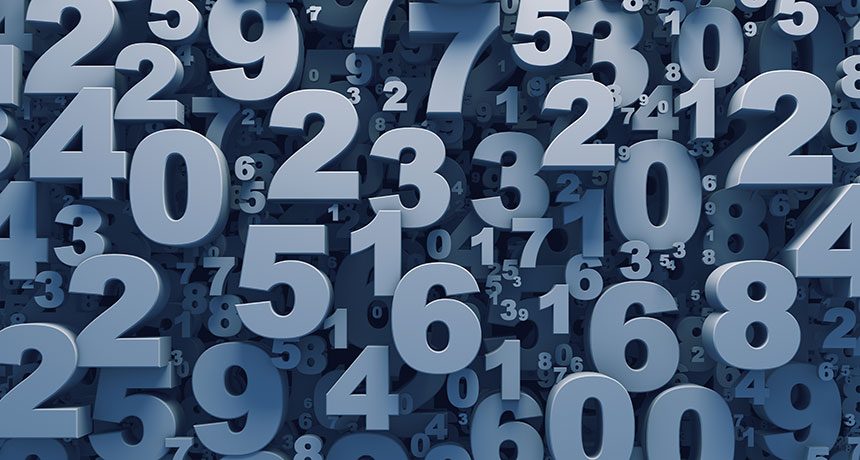The Story of Numbers and engineering

Numbers are an engineer’s best friend, but have you ever wondered who invented numbers? The answer isn’t so simple. The familiar numbers that engineers use each day took centuries of genius minds to invent and refine. We have entire civilizations to thank for the ordinary thing we call “math”.
Numbers started as a simple system of tally marks but eventually evolved into the refined decimal system that we use today. Throughout history, civilizations across the world created their own numbering systems. The ancient Chinese used a system of rods to count. The ancient Egyptians developed mathematics using hieroglyphs and could even account for fractions and negative numbers. The Mayans wrote numbers in base 20, using three different symbols—a dot for one, a line for five, and a conch shell for zero. However, the decimal system that we used today started with a breakthrough in ancient Babylon.
The Babylonians used an unwieldy base 60 numbering system, which we still see today when counting the minutes in an hour. However, they also introduced a concept that we often take for granted—a place-value number system, where a digit’s value depends on both the symbol and its position. Because of the Babylonians, we can identify the number 333 as 300 + 30 + 3.
Centuries later, Indian mathematicians began developing the predecessor for our base 10 system and its digits, 1 through 9. At first, they had no number for zero. They just put a dot instead. Around 624 AD, an Indian mathematician and astronomer named Bahmagupta introduced the concept of zero. Other mathematicians had understood the need for a placeholder, but they called it “nothingness” or “void”. They did not consider zero an actual number. The ancient Greeks wouldn’t even use a placeholder. Instead, they just got into philosophical arguments over the question, “How can nothing be something?”
However, Bahmagupta recognized zero as an important number and even theorized about how to divide by zero. He also created the quadratic formula, though the negative roots confused him, and used negative numbers. Other early civilizations used negative numbers, such as China where they used black rods to represent positive numbers and red rods for negative ones. However, many historical mathematicians, including the Greek Diophantus in the 1st century and the European Nicolas Chuquet in the 15th century, considered negative numbers absurd and useless.
Islamic mathematics began using the Indian number system about the 8th century. The Arabs improved upon the decimal system, including learning how to use fractions, until a few centuries later the Hindu-Arabic number system slowly made its way to Europe. At the time, Europeans used Roman numerals, a tradition that proved slow to replace and never entirely faded away. Fibonacci’s father had him learn the “new” Hindu-Arabic number system as a child, but it was still at least two hundred more years before 1 through 9 became the common system.
Something as “simple” as numbers comes from thousands of years of human brainpower. Whether it is engineering, commerce, computers, or counting sheep on a sleepless night, numbers make up our modern life. So next time you hear someone complaining about math, remind them to be grateful for it instead.
info@hlhprototypes.com
Esther Davies
